Exploring Cutting-edge Computer Science Research @ SMU
Today’s Showcase
Singapore Management University, known for its rigorous academic standards and forward-thinking research initiatives, held an engaging showcase recently. This event featured an array of innovative projects from their Master’s degree students specializing in vision Artificial Intelligence (AI) and Extended Reality (XR). Today, we will take a closer look at the remarkable advancements these research projects have made.
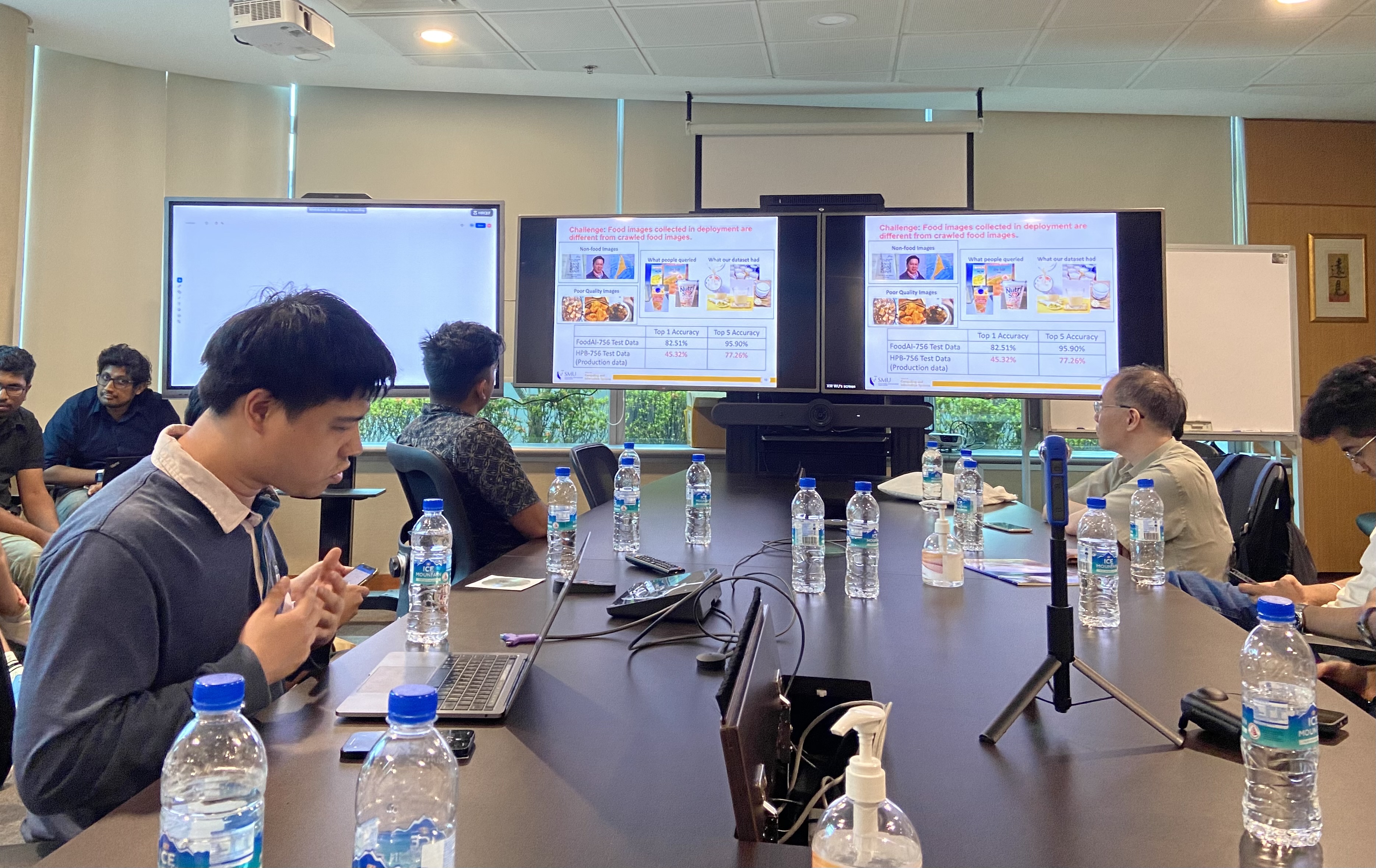
FoodAI: A Revolution in Food Classification
First up on the showcase roster was FoodAI, a transformative tool that has revolutionized the way we classify food. The journey of FoodAI began in 2016 under the dedicated supervision of Professor Steven HOI. Its goal was straightforward but ambitious - to develop a machine learning model that could accurately classify various dishes among 101 distinct classes. Using a training dataset of over two thousand meticulously labeled images, the initial model managed to deliver an impressive 97% accuracy rate, far exceeding initial expectations.
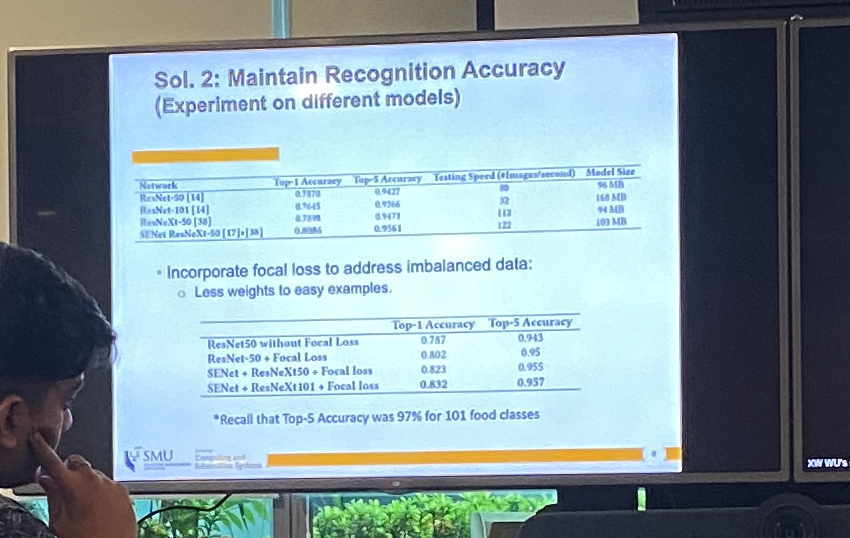 As the scope of FoodAI expanded, it garnered the attention and support of Health Board Singapore, which generously provided a more extensive dataset. This additional data allowed the team to augment the AI’s capabilities further, enabling it to classify a staggering 756 food classes with a precision of 82.5%. In addition, the model managed to maintain a top-5 accuracy score of 95.9%, calculated based on whether the correct answer appeared within the top five predictions sorted by confidence value.
As the scope of FoodAI expanded, it garnered the attention and support of Health Board Singapore, which generously provided a more extensive dataset. This additional data allowed the team to augment the AI’s capabilities further, enabling it to classify a staggering 756 food classes with a precision of 82.5%. In addition, the model managed to maintain a top-5 accuracy score of 95.9%, calculated based on whether the correct answer appeared within the top five predictions sorted by confidence value.
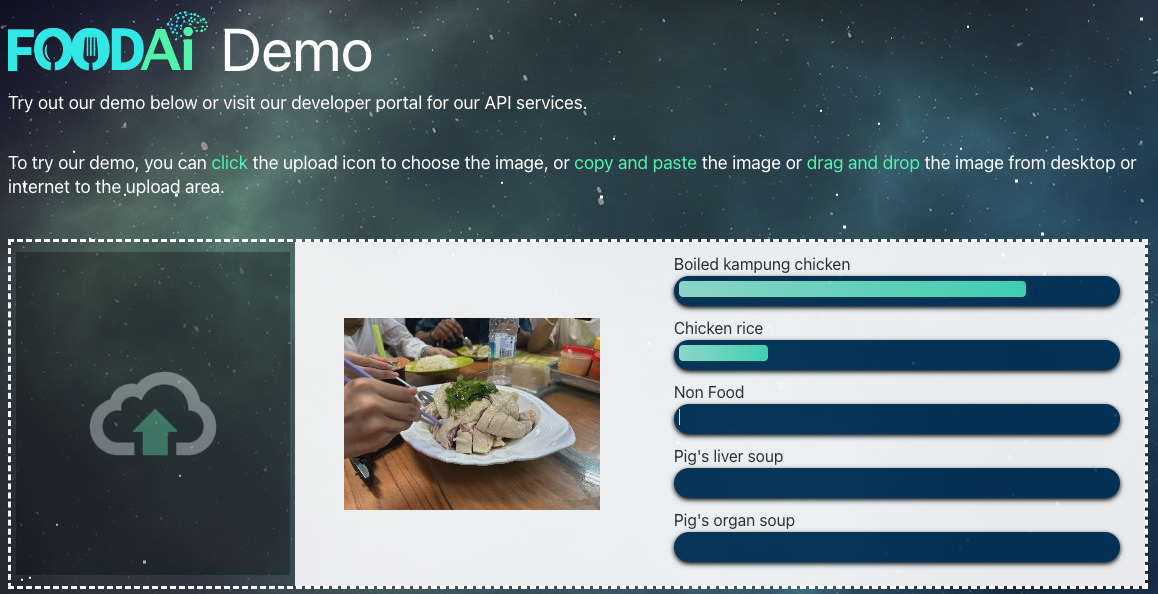 The advanced FoodAI system is now officially licensed and deployed, offering private API integrations. Users can effortlessly input an image on the FoodAI website to identify the dish in the picture. However, with public deployment, new challenges soon arose. Users inputting low-quality photos, images of empty plates, and blurred pictures were some of the obstacles the team had to overcome.
The advanced FoodAI system is now officially licensed and deployed, offering private API integrations. Users can effortlessly input an image on the FoodAI website to identify the dish in the picture. However, with public deployment, new challenges soon arose. Users inputting low-quality photos, images of empty plates, and blurred pictures were some of the obstacles the team had to overcome.
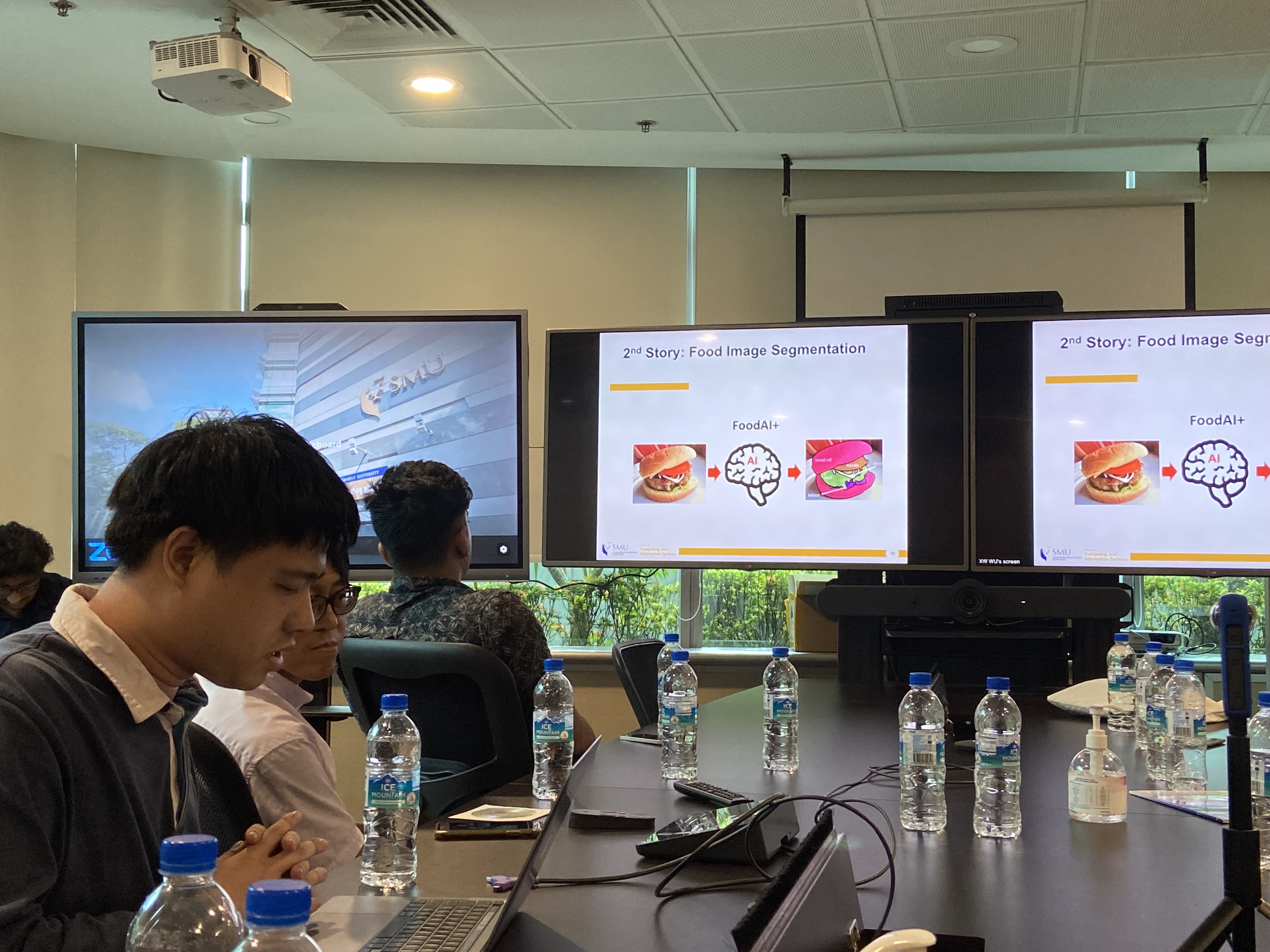 Despite these hurdles, FoodAI continued to evolve and attract more interest from health organizations. Its current iteration, FoodAI+ (pronounced “FoodAI Plus”), is a pioneering effort in AI-based image segmentation on foods. This advanced system aims to classify each layer of a meal and calculate its quantity and components. This information is then used to compute the total calorie count of the dish from a single image. For instance, the AI is capable of accurately labeling and calculating the components of a burger, a tool that could prove invaluable for those wanting to monitor their dietary intake.
Despite these hurdles, FoodAI continued to evolve and attract more interest from health organizations. Its current iteration, FoodAI+ (pronounced “FoodAI Plus”), is a pioneering effort in AI-based image segmentation on foods. This advanced system aims to classify each layer of a meal and calculate its quantity and components. This information is then used to compute the total calorie count of the dish from a single image. For instance, the AI is capable of accurately labeling and calculating the components of a burger, a tool that could prove invaluable for those wanting to monitor their dietary intake.
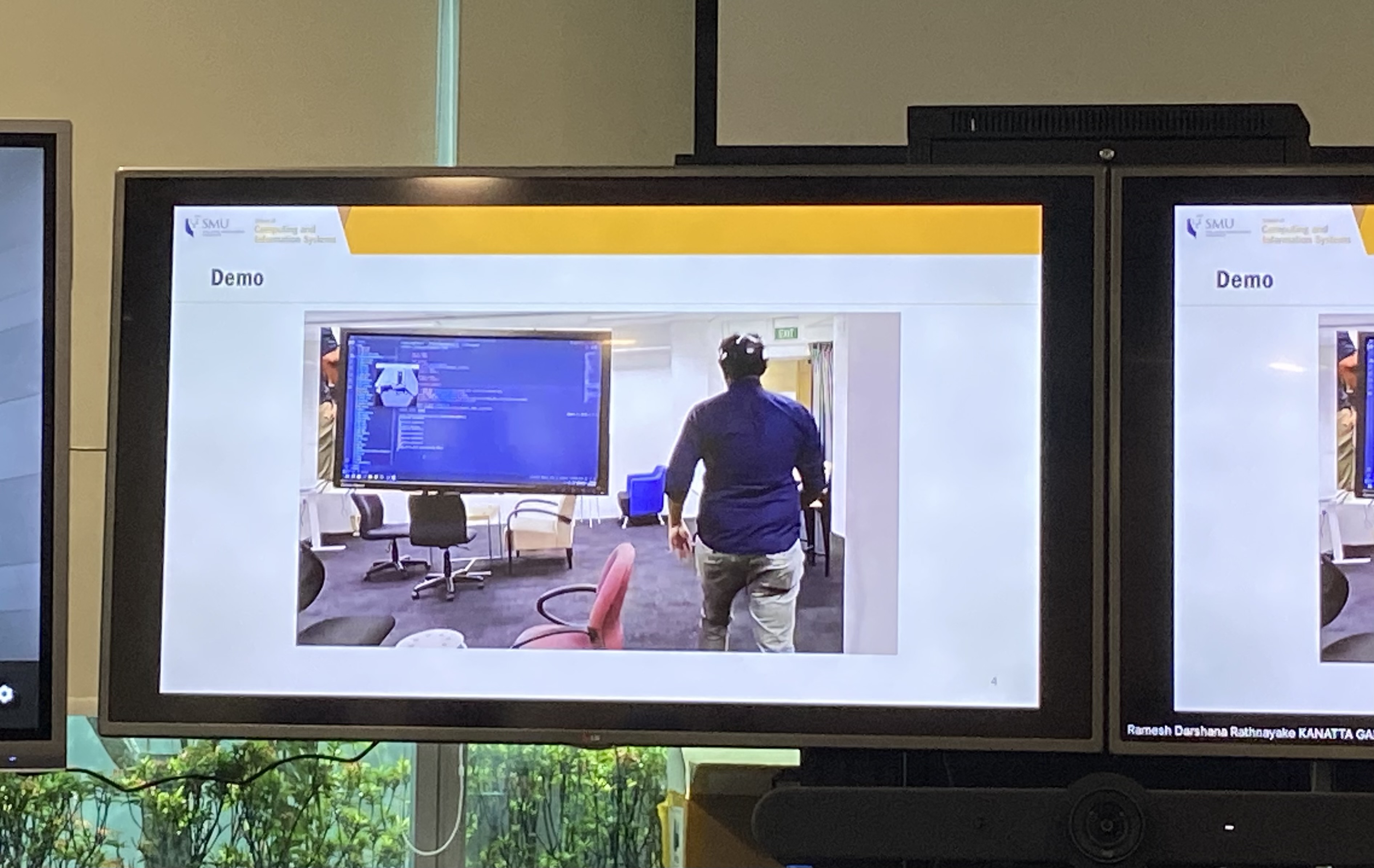
LILO: Precise 3D Localization in Dynamic Indoor Environments Using LIDARs
LILO, which is pushing the boundaries of LIDAR technology. The brainchild of SMU student Darshana Rathayake, LILO aims to enable precise 3D localization in dynamic indoor environments using LIDARs sensors. The project required the creation of a virtual reconstruction of a room from a point cloud, a task fraught with challenges. The main difficulty lay in synchronizing and combining inputs from different sensors to form a unified and accurate 3D representation of the space.
Rathayake demonstrated this concept in a real-world scenario. He had a colleague walk around the room with a Hololen’s LIDAR, creating a moving point cloud. Through his algorithm, Rathayake showed how this mobile point cloud could align perfectly with the room’s fixed LIDARs, enabling the accurate location of the headset in real-time.
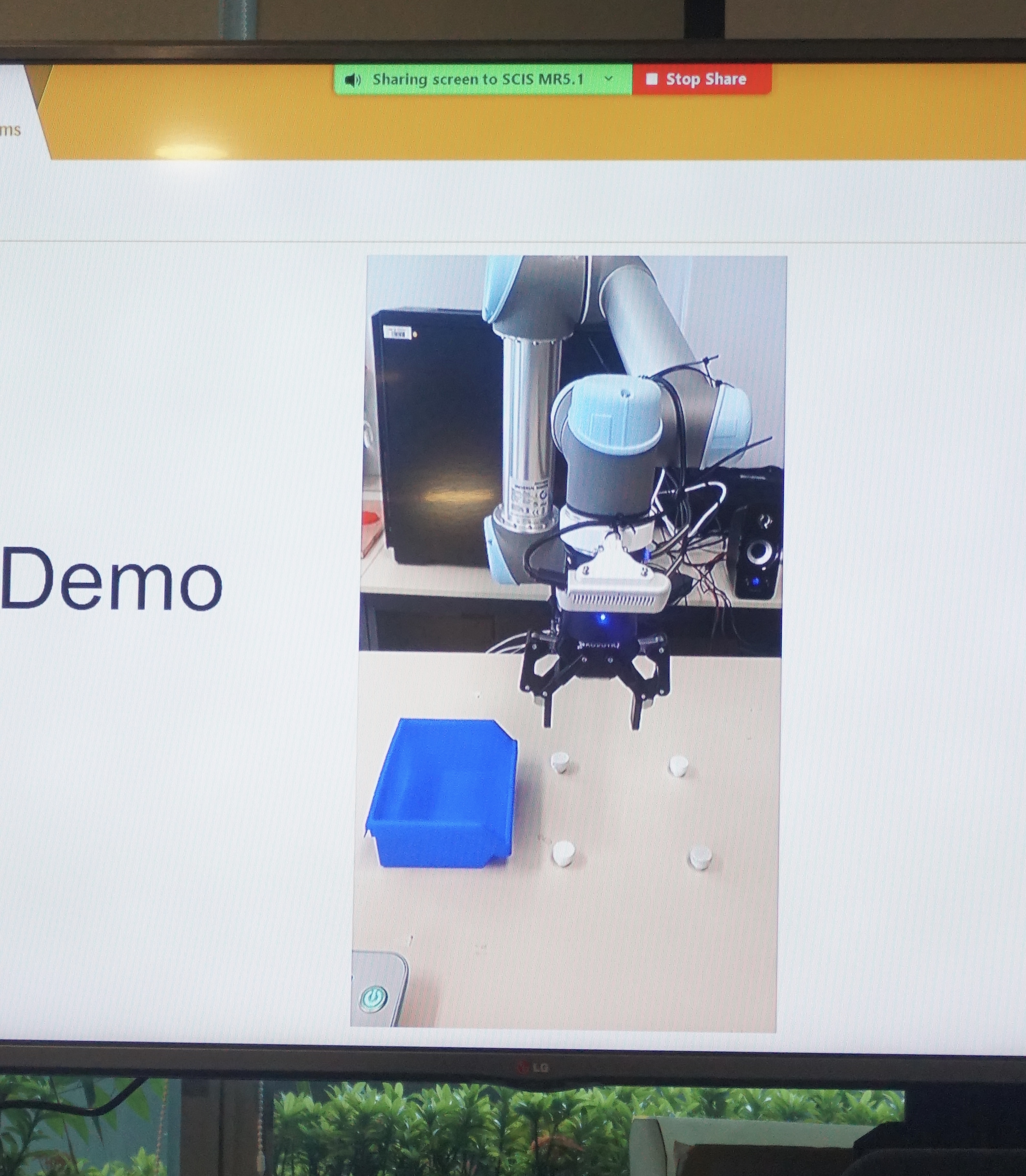
Multi-modal Human Instruction Comprehension with AR Smart Glass
The showcase concluded with a demonstration by Dulanga Weerakoon, another talented student at SMU. He presented a multi-modal human instruction comprehension system using Microsoft’s HoloLens AR Headset. The innovative application showcased how the headset could control a robotic arm to pick up items from a table by a simple pointing gesture. The experiment served as a clear indication of the technological advancements that are on the horizon for industry applications.
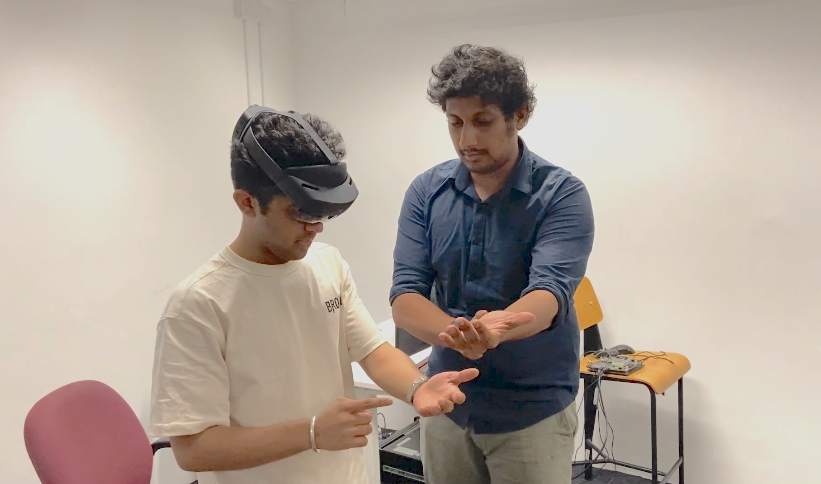 After Weerakoon’s demonstration, a group of students from CityU had the opportunity to test out the HoloLens. The AR headset overlays digital images onto the wearer’s real-world surroundings, providing a unique and immersive holographic experience. Without any hand-held controllers, the device allows users to interact naturally with their environment using hand and finger movements, a truly cutting-edge feature.
After Weerakoon’s demonstration, a group of students from CityU had the opportunity to test out the HoloLens. The AR headset overlays digital images onto the wearer’s real-world surroundings, providing a unique and immersive holographic experience. Without any hand-held controllers, the device allows users to interact naturally with their environment using hand and finger movements, a truly cutting-edge feature.
The HoloLens’ demonstration featured a 3D model preview, where a digital object was projected into the real world as though it was a tangible item in the room. It was a testament to the device’s potential applications. The experience was surreal for the CityU students, who were amazed by the fluid rendering and zero-lag performance of the HoloLens.
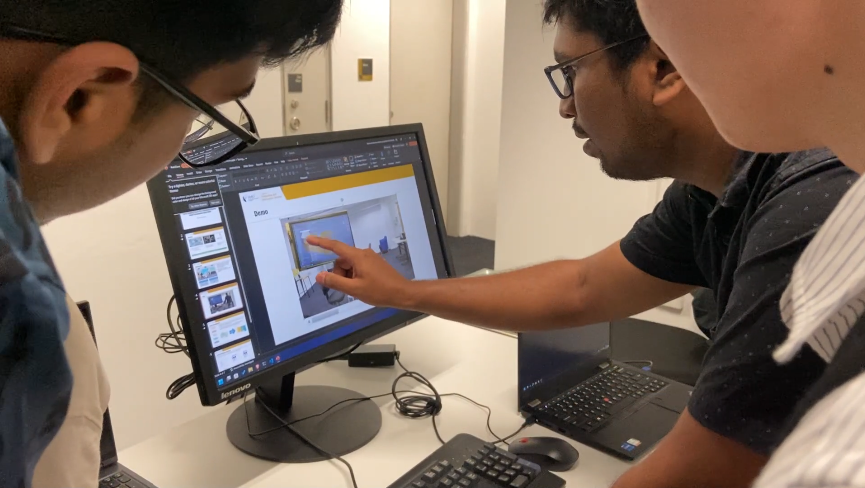
Innovative Culture
The intriguing exploration of SMU’s School of Computing and Information showcase ended on a high note, leaving all attendees captivated. The revolutionary potential of these projects, from the AI-based FoodAI to the advanced applications of the HoloLens, are a testament to the students’ innovative capabilities and the university’s commitment to leading-edge research.
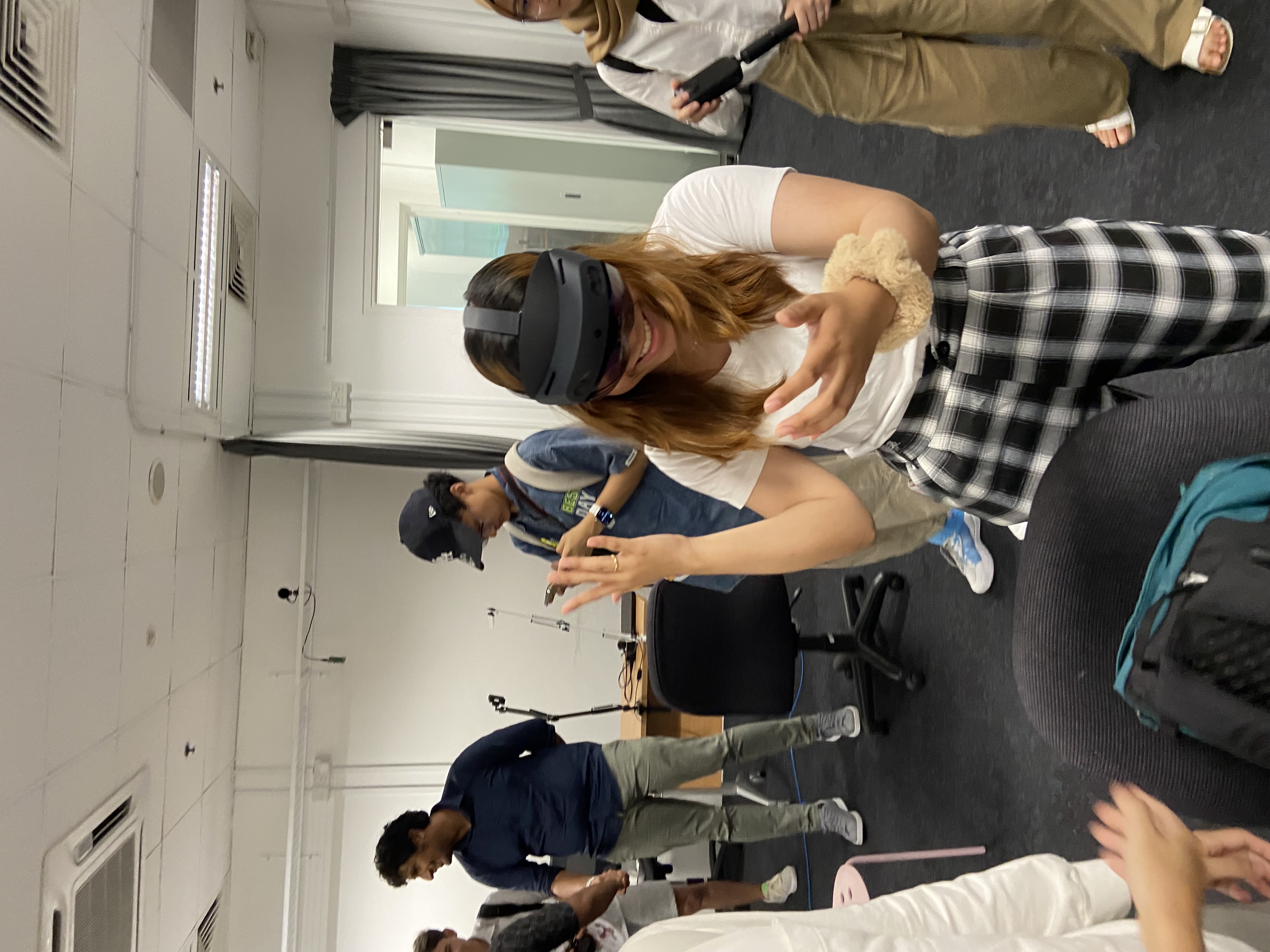 In conclusion, the advancements in computer science research at SMU are a glimpse into the future. The diligent students and their projects displayed at the showcase offer exciting prospects for the world of AI and XR, promising a future where technology and human lives intertwine more seamlessly than ever before. Their cutting-edge research opens a multitude of possibilities for practical applications, with far-reaching impacts on various sectors including healthcare, engineering, education, entertainment, and beyond. It truly is a demonstration of the potential that the students at SMU’s School of Computing and Information are poised to unlock in the years to come.
In conclusion, the advancements in computer science research at SMU are a glimpse into the future. The diligent students and their projects displayed at the showcase offer exciting prospects for the world of AI and XR, promising a future where technology and human lives intertwine more seamlessly than ever before. Their cutting-edge research opens a multitude of possibilities for practical applications, with far-reaching impacts on various sectors including healthcare, engineering, education, entertainment, and beyond. It truly is a demonstration of the potential that the students at SMU’s School of Computing and Information are poised to unlock in the years to come.